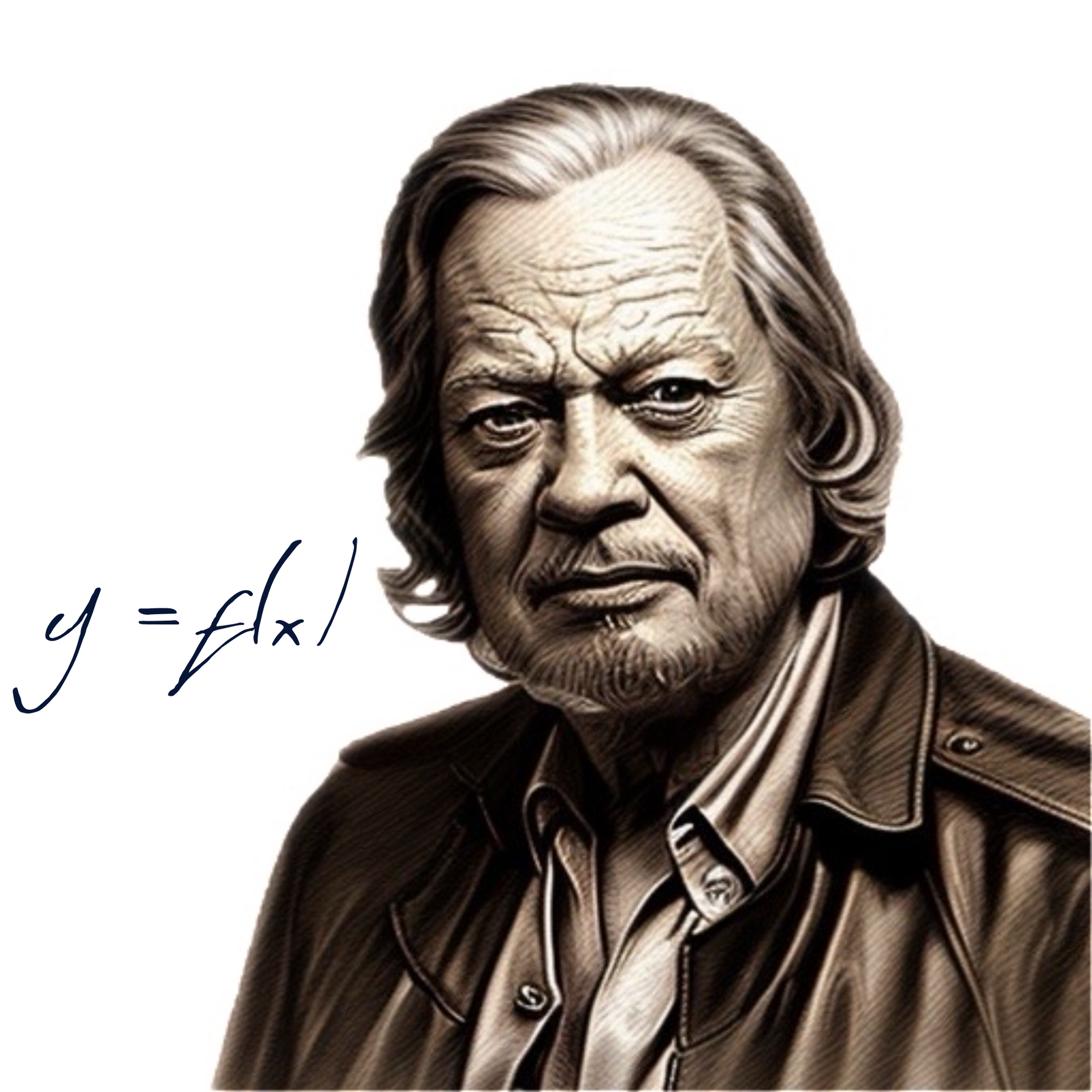Table of Contents
Just as visualizing tensors degrades as n > 3, juggling pieces in an R script can get jiggly when they do not %>% neatly. A post recently reminded me so.
Despite strides in deconstructing R to make it more commercially attractive no obvious point (aside from the richness of statistical subroutines) in using it appears if its functional nature is neglected.
If conceptualized as school algebra (fx)=y writ large, every discrete R tasks is to find or compose f.
# https://community.rstudio.com/t/appending-dataframes-to-list-named-by-variable/77689/5
suppressPackageStartupMessages({library(dplyr)
library(purrr)
library(tidyr)
})
f <- function(x) {
map(1:length(mk_vs()),sub_df) %>% set_names(.,mk_names(mk_vs(),x))
}
mk_synth_df <- function() {
set.seed(137)
ID <- sample(1:100, 50, replace=TRUE)
N <- sample(1:100, 50, replace = TRUE)
ratio <- rnorm(50, mean = 0.5, sd=0.1)
data.frame(ID,N,ratio)
}
mk_list <- function() {
set.seed(137)
list("item1" = sample(1:100, 100), "item2" = sample(1:100, 100))
}
mk_vs <- function() {
set.seed(137)
v1 <- sample(1:100, 10, replace = TRUE)
v2 <- sample(1:100, 10, replace = TRUE)
v3 <- sample(1:100, 10, replace = TRUE)
list("res1" = v1, "res2" = v2, "res3" = v3)
}
mk_names <- function(x,y) {
paste(names(x)[1:length(x)],y, sep)
}
sub_df <- function(x) {
drop_na(mk_synth_df()[mk_vs()[[x]],])
}
f("_dFList")
#> $res1_dFList
#> ID N ratio
#> 34 47 27 0.4427454
#> 8 96 22 0.5997265
#> 38 71 44 0.6615295
#> 39 14 83 0.4865537
#> 35 15 59 0.4820364
#>
#> $res2_dFList
#> ID N ratio
#> 30 35 89 0.6159864
#> 48 38 43 0.3970454
#> 13 13 21 0.4866509
#> 43 51 14 0.4953379
#> 14 43 55 0.5479219
#> 22 48 96 0.5725216
#> 4 38 44 0.4549781
#> 6 39 25 0.7056911
#>
#> $res3_dFList
#> ID N ratio
#> 15 14 89 0.5237554
#> 48 38 43 0.3970454
#> 32 86 89 0.5995506
#> 13 13 21 0.4866509
#> 14 43 55 0.5479219
#> 35 15 59 0.4820364
#> 35.1 15 59 0.4820364
Created on 2020-08-27 by the reprex package (v0.3.0)






